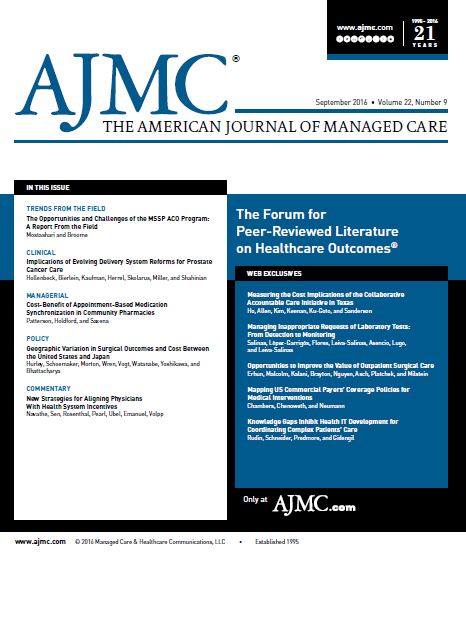- Asia Pac Allergy
- v.6(4); 2016 Oct
- PMC5088256

Asia Pac Allergy. 2016 Oct; 6(4): 207–212.
Published online 2016 Oct 31. doi: 10.5415/apallergy.2016.6.4.207
PMCID: PMC5088256
Tetsuhiro Sakihara, 1,2 Shiro Sugiura,1 and Komei Ito1
1,2 Shiro Sugiura,1 and Komei Ito1
 1,2 Shiro Sugiura,1 and Komei Ito1
1,2 Shiro Sugiura,1 and Komei Ito1
Abstract
Background
IgE-mediated cow's milk allergy (CMA) is one of the most common food allergies in infants. It is still controversial whether the early introduction of cow's milk formula (CMF) prevents the development of CMA.
Objective
We aimed to evaluate the duration and frequency of CMF ingestion as compere with exclusive breast-fed for preventing CMA in high-risk infants.


